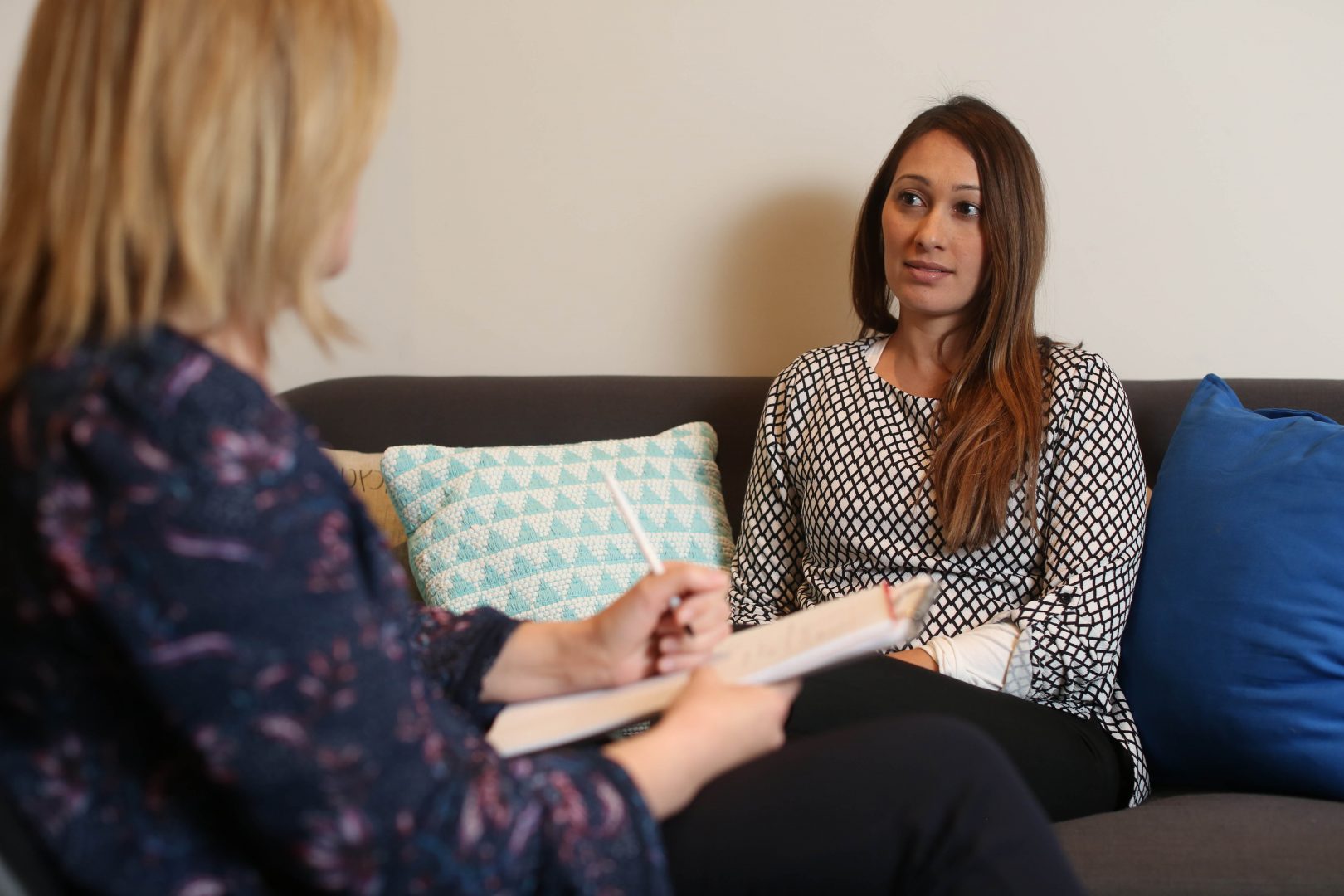by BRAVE BEL with Sylvia Ruocco from Alpha Psychology
Brave Bel is 11 years old. About two years ago she caught the ‘vomiting bug’. She vomited so much that she had to go to hospital. Brave Bel said that going to hospital was almost worse than getting the bug! After leaving the hospital, fears about getting the vomiting bug stayed with her. This was when some curious HABITS arrived. Brave Bel tried her best to resist, but the HABITS and the thoughts about them just multiplied. The HABITS began to dominate her life and she became very distressed and frightened.
Brave Bel was experiencing symptoms of Obsessive Compulsive Disorder (OCD). OCD is a type of anxiety problem that consists of obsessions and compulsions. Obsessions are unwanted thoughts, images or urges that are unrelenting, unstoppable and distressing. Children often know that the obsessions are ‘weird’ or ‘not right’. Compulsions, also known as rituals, are the deliberate actions that are used to relieve the fears or discomfort that are caused by the obsessions.
Brave Bel called her HABIT problem Habit the Rabbit and this is her story.

“You need some HABITS to protect you”, said Habit the Rabbit. Here’s what you can do if you think you are going to catch the vomiting bug:
1. DON’T BREATHE IN! Breathe out and then look at the sky
2. Flick your fingers
3. Step on specific spots on the floor
4. Avoid walking on lines
When Brave Bel did the HABITS she felt safe for a little while, but it did not last long. Brave Bel began to realise that Habit the Rabbit was a trickster. It did not matter how many times she did the HABITS, her fears of getting sick kept coming back. Brave Bel decided to give Habit the Rabbit some ATTITUDE! But first she needed to conduct a scientific study. She wanted to learn what makes Habit the Rabbit APPEAR and what makes him DISAPPEAR.
This is what Brave Bel learnt:
1. The tricky Habit the Rabbit thoughts appeared when Brave Bel was bored or tired.
2. The Habit the Rabbit thoughts did not appear when she was busy.
The HABITS did not appear when she was:
– Talking to her friends
– Reading a book
– Dancing
– Swimming
– Watching her favourite TV shows
– Busy with school work
3. Habit the Rabbit hates it when Brave Bel is strong, and particularly hates bossy comments like:
– I am BIG, you are SMALL
– You are just a TRICKSTER
– I know the facts: when I breathe in I take in oxygen not bad things
Brave Bel learnt that she is big, smart and strong and she knows how to make Habit the Rabbit small and powerless. She remembers what to do by using the RIDE* steps.
Rename the thought: That’s the trickster talking not me!
Insist that I am the BOSS: I can do what I want (read, talk to friends).
Do the OPPOSITE: If Habit the Rabbit says step over the crack, I step on it!
Enjoy the victory! I did it! I am the BOSS!
* Adapted from Aureen Pinto Wagner (2005), Worried no more. Help and hope for anxious children.
When is a HABIT a problem?
Many children have habits or ritual patterns that do not become a serious problem. Some ritual patterns are needed for healthy growth and confidence, example checking her hair in the mirror before going to school. A ritual is only a problem if it becomes excessive and time consuming, interferes with a child’s ability to perform everyday activities, and creates distress, dread, or frustration. For example, spending hours combing her hair and feeling anxious because she cannot get it ‘just right’.
References
Below are some references to some interesting resources if you would like to learn more about child anxiety and child OCD:
Chansky, T.E. (2004). Freeing your child from anxiety. Powerful, practical solutions to overcome your child’s fears, worries, and phobias. New York: Broadway Books.
Chansky, T.E. (2004). Freeing your child from obsessive-compulsive disorder. A powerful, practical program for parents of children and adolescents. New York: Three Rivers Press.
Rapee, R.M., Spence. S. H., Hudson, J., Cobham, V.C., & Wignall, A. (2008). Helping your anxious child. A step-by-step guide for parents. Canada: New Harbinger.
Wagner, A.P. (2005). Worried no more. Help and hope for anxious children. Second Edition. Rochester, New York: Lighthouse Press Inc.






